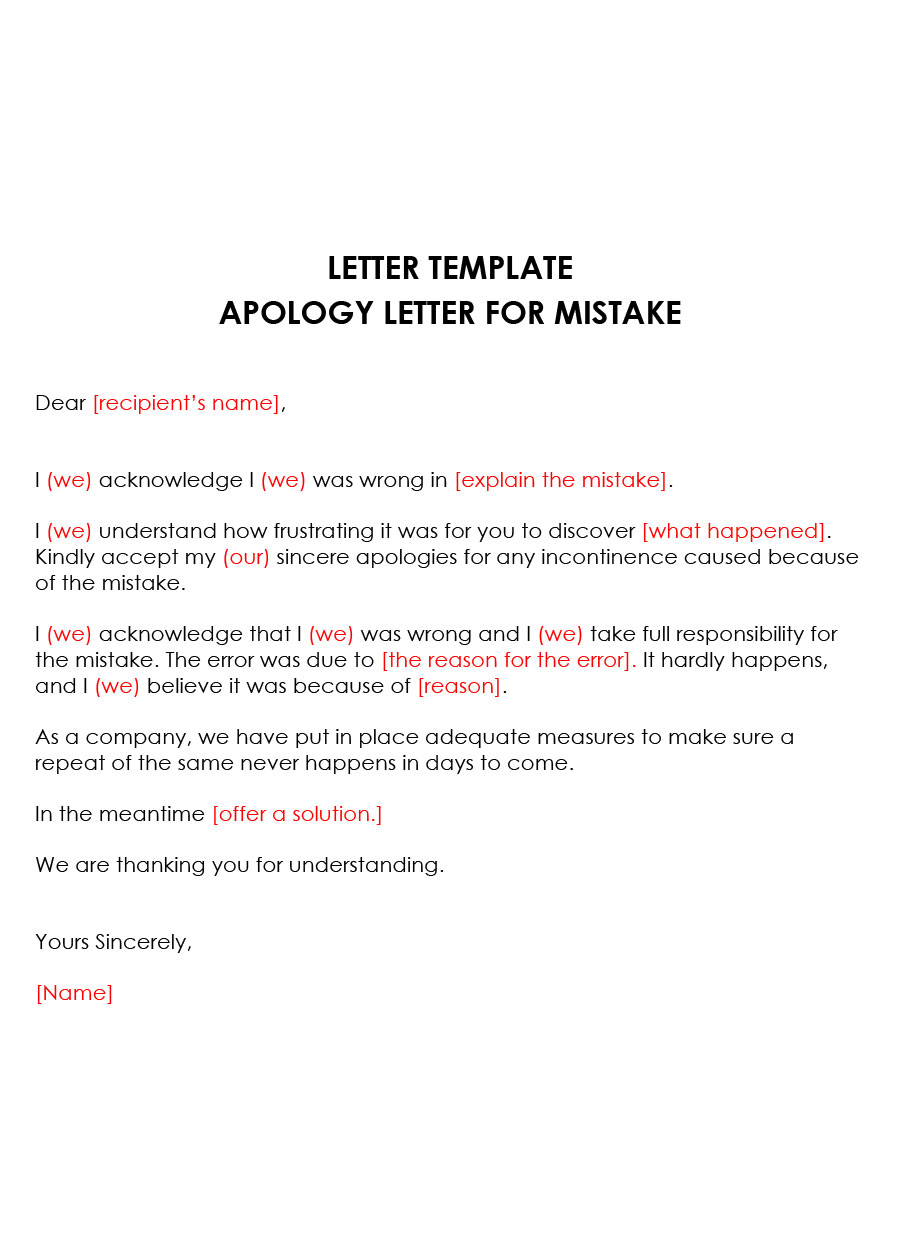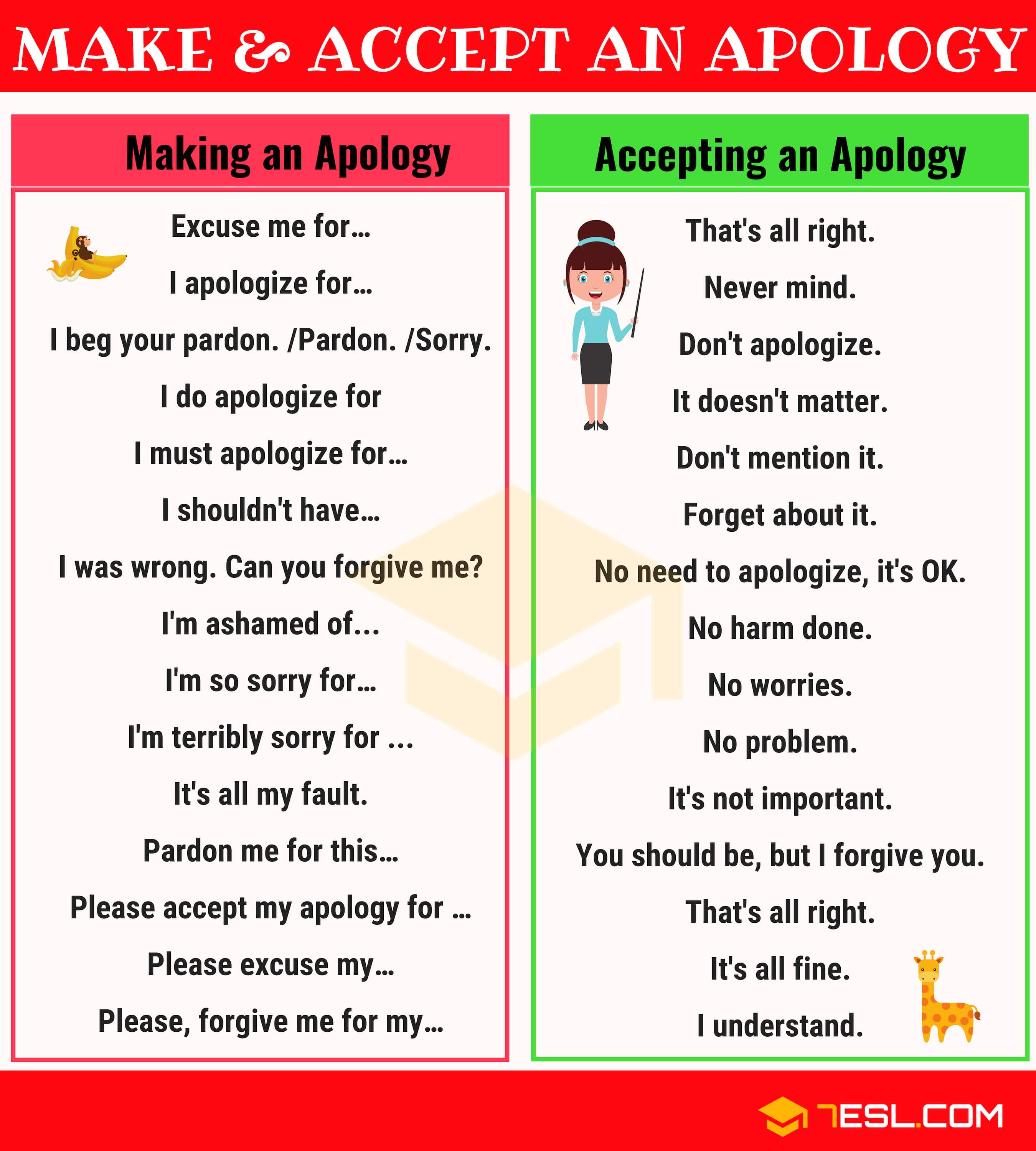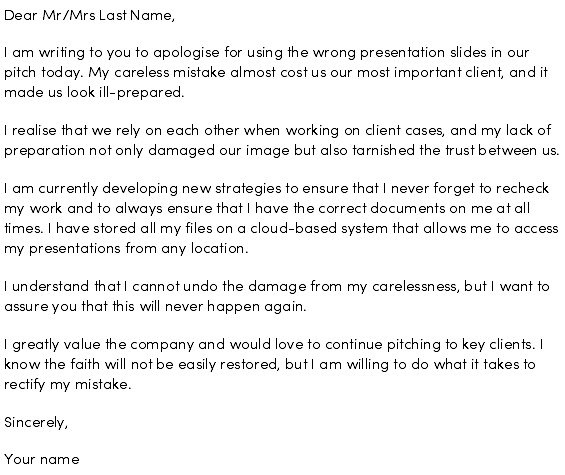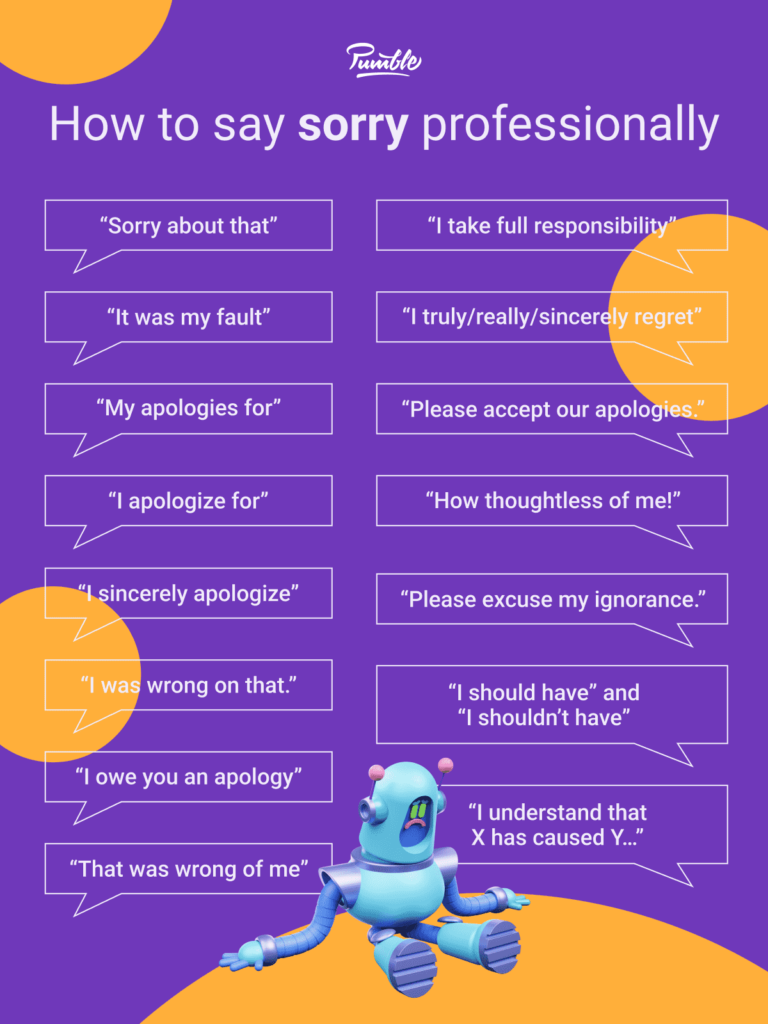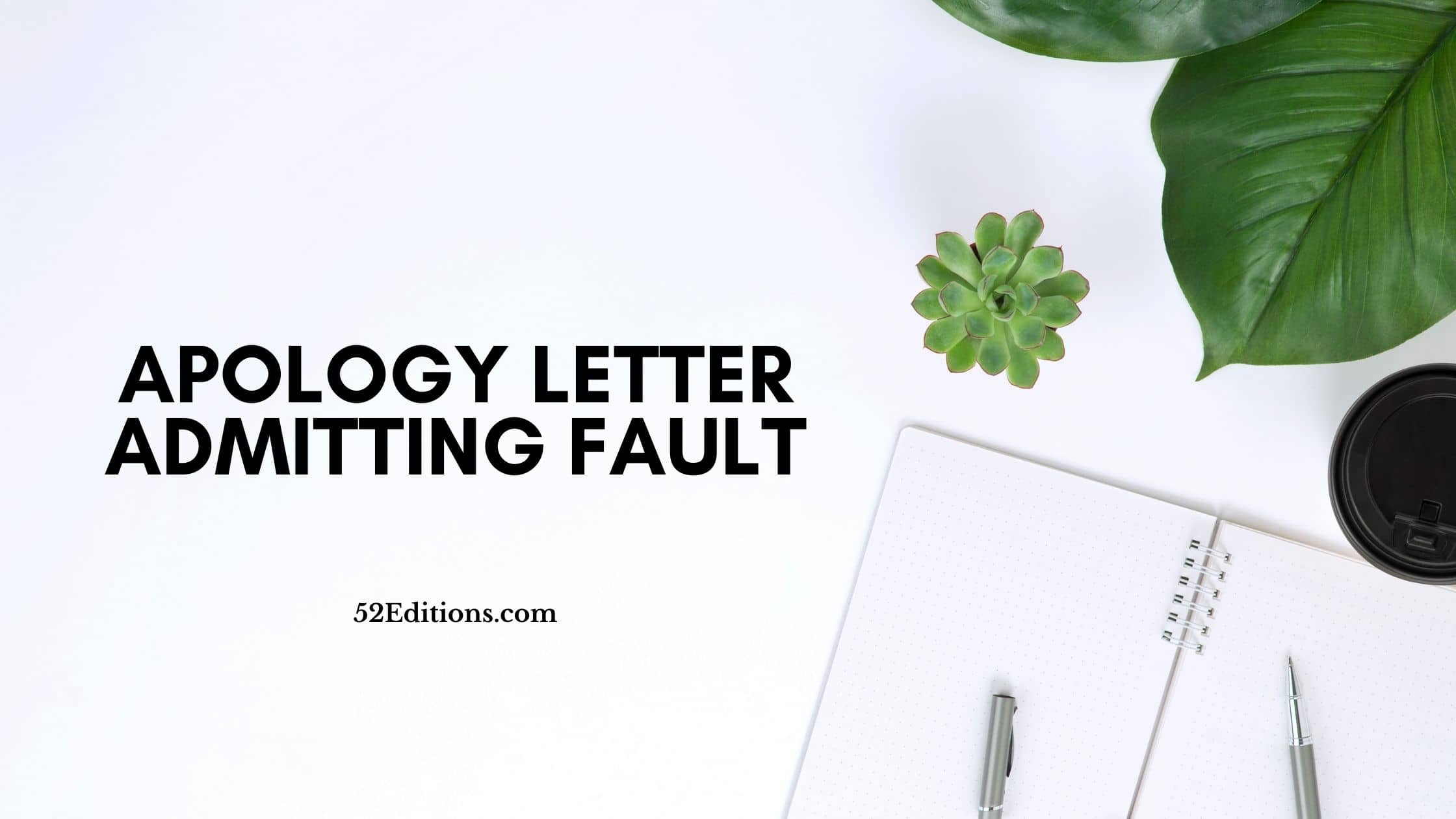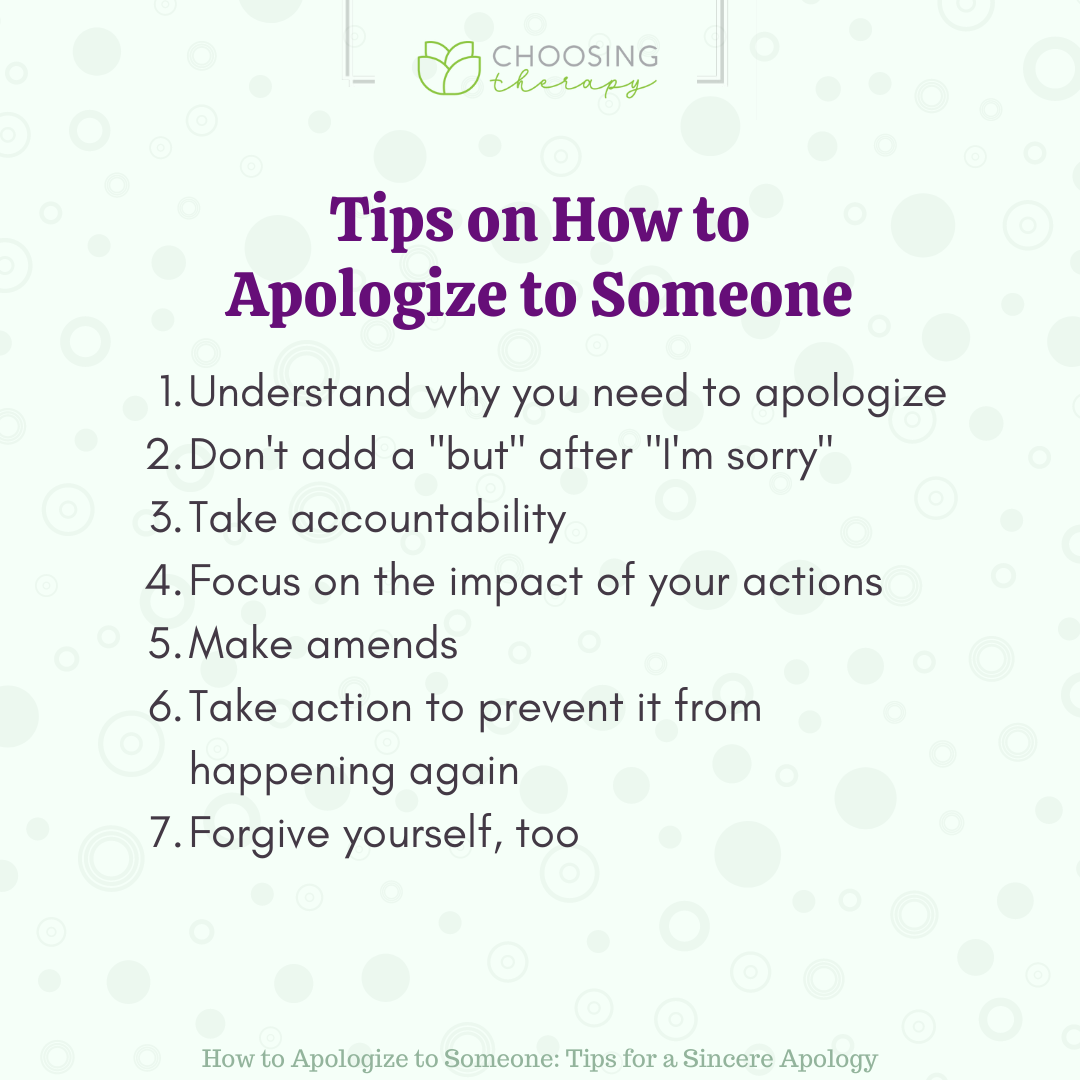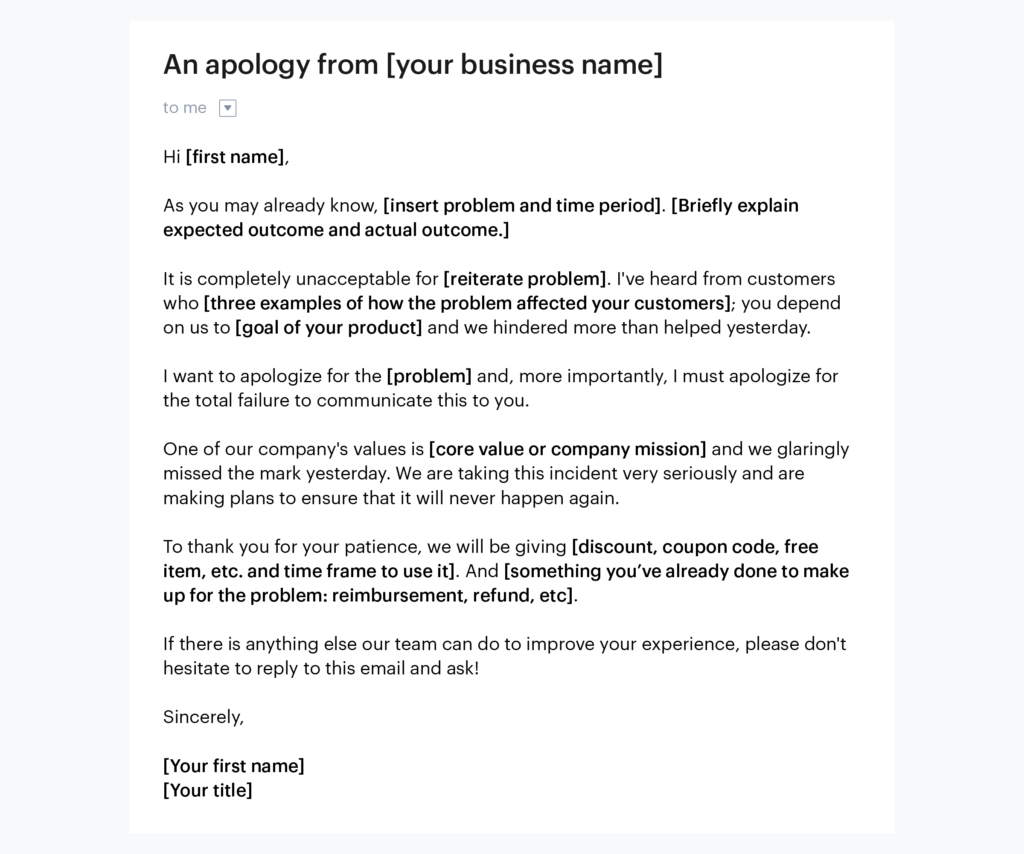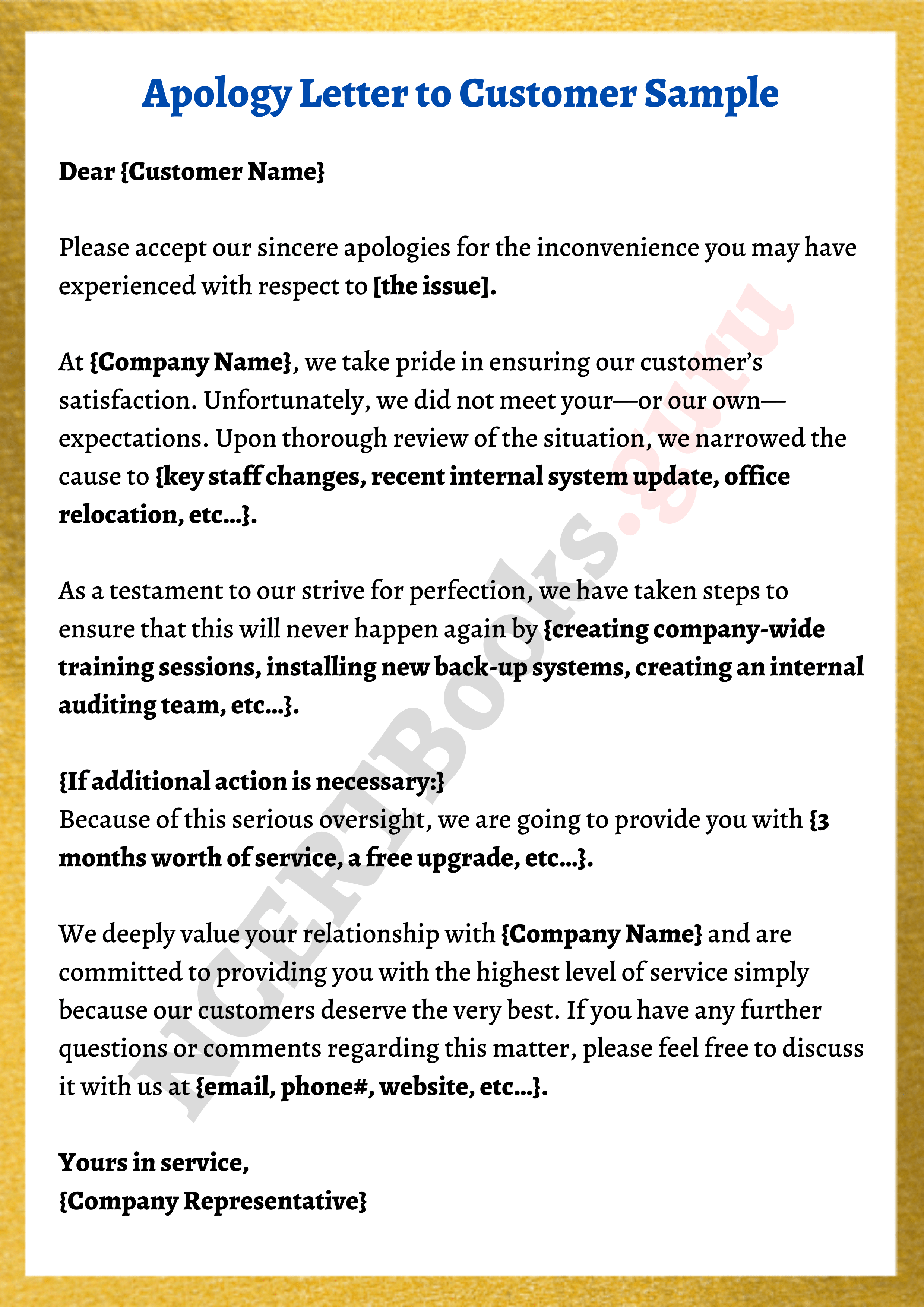How To Apologize Without Admitting Fault
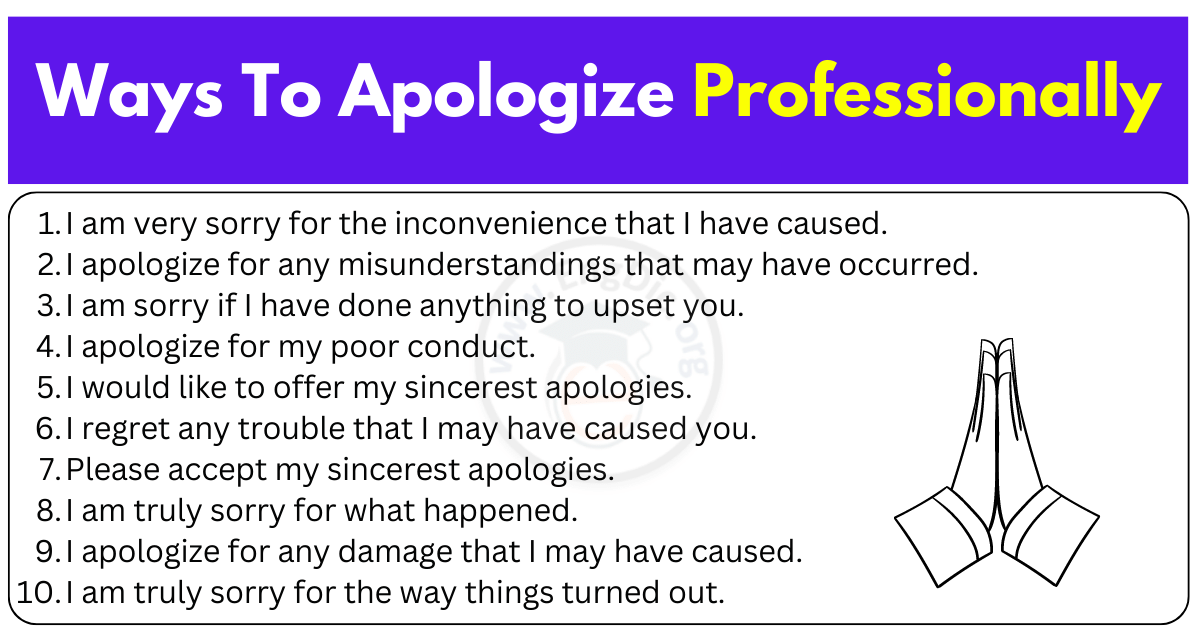
Corporate crises and public relations nightmares demand immediate action. Mastering the art of the non-apology is now a crucial skill for navigating sensitive situations without accepting direct blame.
This guide dissects the techniques used to express sympathy and understanding, sidestepping admissions of wrongdoing. It is important to learn and understand how to navigate reputational minefields.
Understanding the Landscape
The modern media landscape amplifies missteps, demanding swift and carefully worded responses. A poorly worded apology can escalate a situation, leading to legal repercussions and lasting damage to reputation. This article equips you with strategies to acknowledge concerns without confessing fault.
The "I'm Sorry You Feel That Way" Gambit
This classic technique acknowledges the other party's emotions without accepting responsibility for causing them. It shifts the focus from the action to the perception of the action. Caveat: Overuse can be perceived as insincere and condescending.
For example: "I'm sorry you feel that our services did not meet your expectations." This does not admit that services *were* inadequate.
Expressing Regret for the Situation
Instead of apologizing for actions, express regret for the overall circumstances. This acknowledges the negative impact without pinpointing blame. It is a delicate balance.
Consider: "We regret that this situation has caused distress." The focus remains on the distress, not the cause.
Emphasizing Empathy and Understanding
Demonstrate understanding of the affected party's perspective. This can de-escalate tensions and foster a sense of validation. Empathy is key.
For example, "We understand the frustration this must have caused." This shows that you are seeing their side of things.
Focusing on Future Actions and Prevention
Shift the narrative from past events to future improvements. Highlight steps being taken to prevent similar situations from occurring again. Action speaks louder than (apologetic) words.
Statement such as: "We are reviewing our processes to ensure this does not happen again," demonstrate commitment to improvement.
Case Studies and Examples
Several recent corporate incidents illustrate the use (and misuse) of non-apologies. *Company X*, facing criticism for its product safety, issued a statement expressing "deep concern for those affected" without admitting fault. This contrasts with *Company Y*, which offered a full and direct apology, resulting in a faster recovery of public trust.
"A sincere apology can be a powerful tool for restoring trust," said Dr. Anya Sharma, a crisis communication expert. "However, in situations with potential legal ramifications, a carefully crafted non-apology may be necessary."
The *Z Corporation's* response to environmental concerns centered on its ongoing commitment to sustainability, steering clear of direct admissions regarding past incidents. Transparency is a tight rope to walk.
Navigating Legal Considerations
Consult with legal counsel before issuing any statement, apologetic or otherwise. Admissions of fault can have significant legal consequences. Protect your interests.
Legal teams can help craft responses that minimize legal risk while addressing public concerns. This can be very effective.
Conclusion: A Strategic Tool
The non-apology is a strategic communication tool, not a universal solution. Its effectiveness depends on the specific context and the audience's perception. It’s important to keep this in mind.
Ongoing monitoring of public sentiment and media coverage is crucial. Adjust your communication strategy as needed.
For legal advice and further strategies, consult a qualified legal professional. This guide provides information only and does not constitute legal advice.
